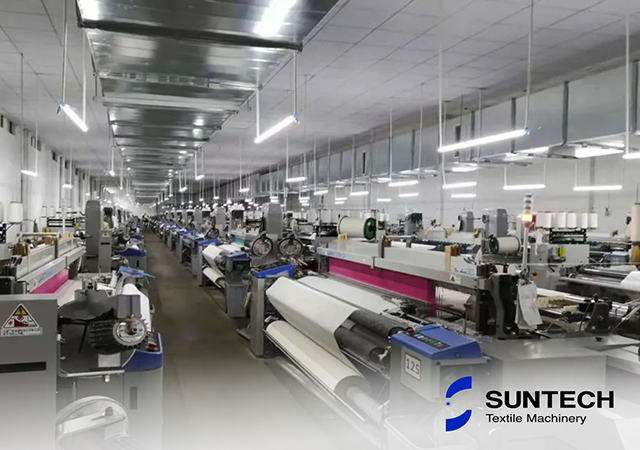The competitive dynamics in Asia's garment export market have been marked by noteworthy trends in recent months. Between January and September 2023, Japanese garment imports experienced a 4.08 percent year-on-year increase, totaling US $16.66 billion. A more detailed examination reveals that in September alone, clothing imports surged by 17.4 percent to reach $2.63 billion compared to the same month in the previous year.
China, a major player in garment exports to Japan, witnessed a 3.38 percent decline in its exports over the first nine months of the current year, amounting to $8.70 billion. In contrast, Vietnam's apparel exports to Japan saw a significant rise of 13.28 percent during the same period, reaching $2.82 billion in the January to September 2023 timeframe.
Shifting focus to the textile industry, which plays a vital role in our daily lives, it's crucial to understand the journey of textile production from raw materials to the finished product. This blog will delve into the primary textile raw materials and the processes involved in transforming them into the fabrics we encounter regularly.
Cotton, a widely used natural fiber in the textile industry, undergoes a meticulous process from harvesting to manufacturing. Grown in warm climates globally, the cotton fibers are separated from the seeds after harvest and then baled for transport to textile mills. At the mill, the fibers are cleaned, carded to align them, spun into yarn through ring spinning or open-end spinning, and finally woven or knitted into fabric.
Wool, another natural fiber, is sourced from the fleece of animals like sheep and goats. After shearing, the wool fibers undergo sorting, cleaning, and processing into yarn. The wool processing includes scouring to remove dirt and grease, carding to align the fibers, and spinning into yarn. Wool yarn can be knitted, woven into fabric, or felted through heat and moisture.
Silk, a natural protein fiber produced by silkworm larvae, involves careful harvesting of silk fibers by unwinding the cocoon. After cleaning, the fibers are processed into yarn through reeling, where the cocoon is unwound in hot water. The resulting continuous strand of yarn can be woven into various fabrics such as satin, chiffon, and crepe.

The textile industry also incorporates synthetic fibers like polyester, nylon, and acrylic, produced through a chemical process involving polymerization, extrusion, and cooling. These synthetic fibers, known for their versatility, can be woven or knitted into fabrics, often blended with natural fibers for enhanced properties.
In conclusion, textiles are integral to our daily lives, and understanding the intricate processes involved in their production enhances our appreciation for the craftsmanship and skill required. Whether derived from natural fibers like cotton, wool, and silk or synthetic fibers such as polyester and nylon, each raw material undergoes specific processes to transform into textiles. The journey from raw material to finished product reveals the complexity and diversity that characterize the textiles surrounding us.
The SUNTECH Textile Machinery Business has consistently demonstrated unwavering commitment to developing, producing, and distributing high-grade textile machinery. Since its inception, the company has exported all its textile machinery beyond the borders of China, earning recognition globally for the reliability and productivity of its products. The STelego and fabric make-up machine series constitute the extensive range of textile machinery, with our flagship ST-BS (Beam Storage) boasting an industry-leading market share, a testament to the company's years of technological expertise.




